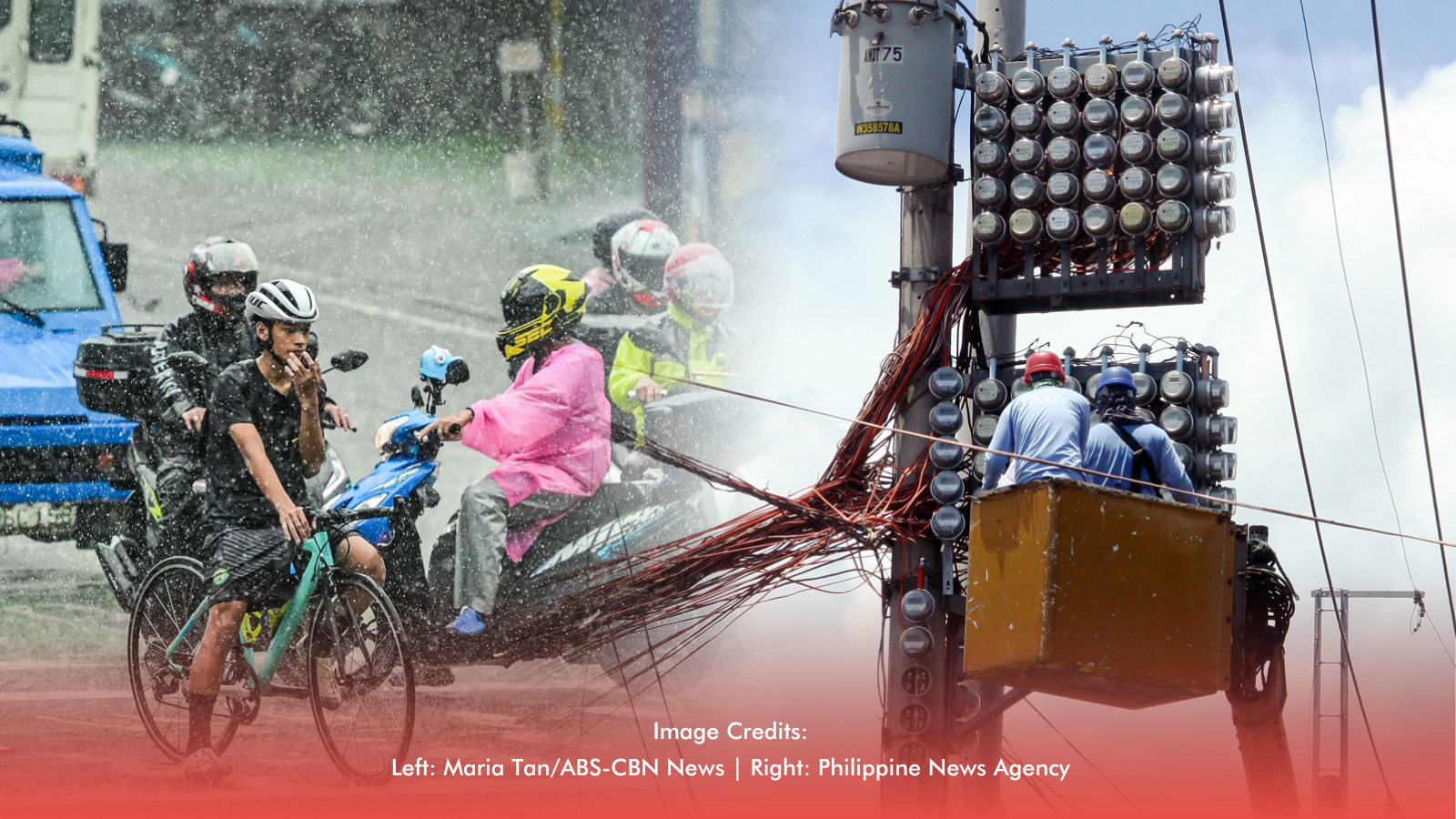As the rainy season settles over the Philippines, it’s bringing more than just cooler air and muddy streets—it’s also driving down electricity rates. According to recent reports, the combination of lower energy demand and increased hydropower generation has led to a noticeable dip in wholesale electricity prices. And while the change may not show up on your bill overnight, it’s good news for Filipino households.
RELATED: [Officials Urge Action On Metro-Wide Flood Plan]
But how exactly does rain lower power costs?
It starts with cooler temperatures. During the dry season, air conditioners and electric fans run almost nonstop in homes and businesses. This pushes overall demand on the power grid to its limits. But when the rainy season comes in, that demand drops significantly. In fact, data shows that peak demand in June 2025 fell by 4.1% compared to May.
At the same time, the increased rainfall replenishes reservoirs and rivers, which boosts the output of hydroelectric power plants. This renewable energy is cheaper and more stable than fossil-fueled sources, especially when nature cooperates. With more hydropower in the mix and less demand, the supply in the energy market goes up, and prices go down.
In short: more rain = less usage + more power supply = lower market prices.
So what does this mean for you?
While not all components of your electricity bill are affected immediately, lower prices in the Wholesale Electricity Spot Market (WESM) often lead to a reduction in the generation charges passed on to consumers. This gives you the opportunity to cut your bill even further by being smart about your energy use.
Here are a few simple ways to maximize your savings:
1. Use natural ventilation: Take advantage of cooler weather and open your windows instead of using the aircon.
2. Time your appliance use: Run high-energy appliances like washing machines, ovens, or irons during off-peak hours when electricity is cheaper.
3. Switch to LEDs: They last longer and use up to 80% less electricity.
4. Unplug devices: Chargers, modems, and TVs still use energy even on standby.
5. Track your usage: Use your power provider’s app or a simple plug-in monitor to check which appliances are driving up your bill.
By pairing seasonal price drops with smarter energy habits, households can not only enjoy lower bills today—but also build more sustainable practices for the future.
RELATED: [No Price Hike Expected Despite Storm Damage — SINAG]








